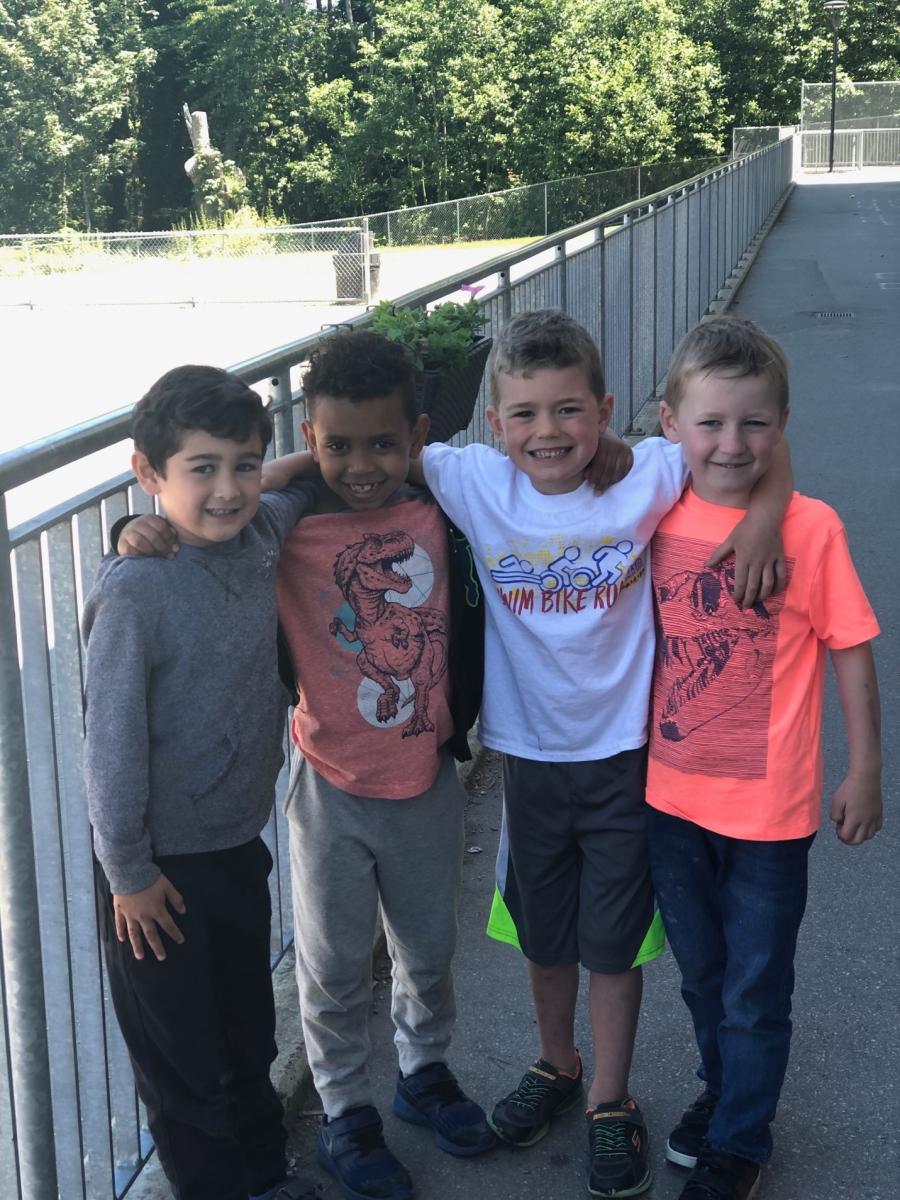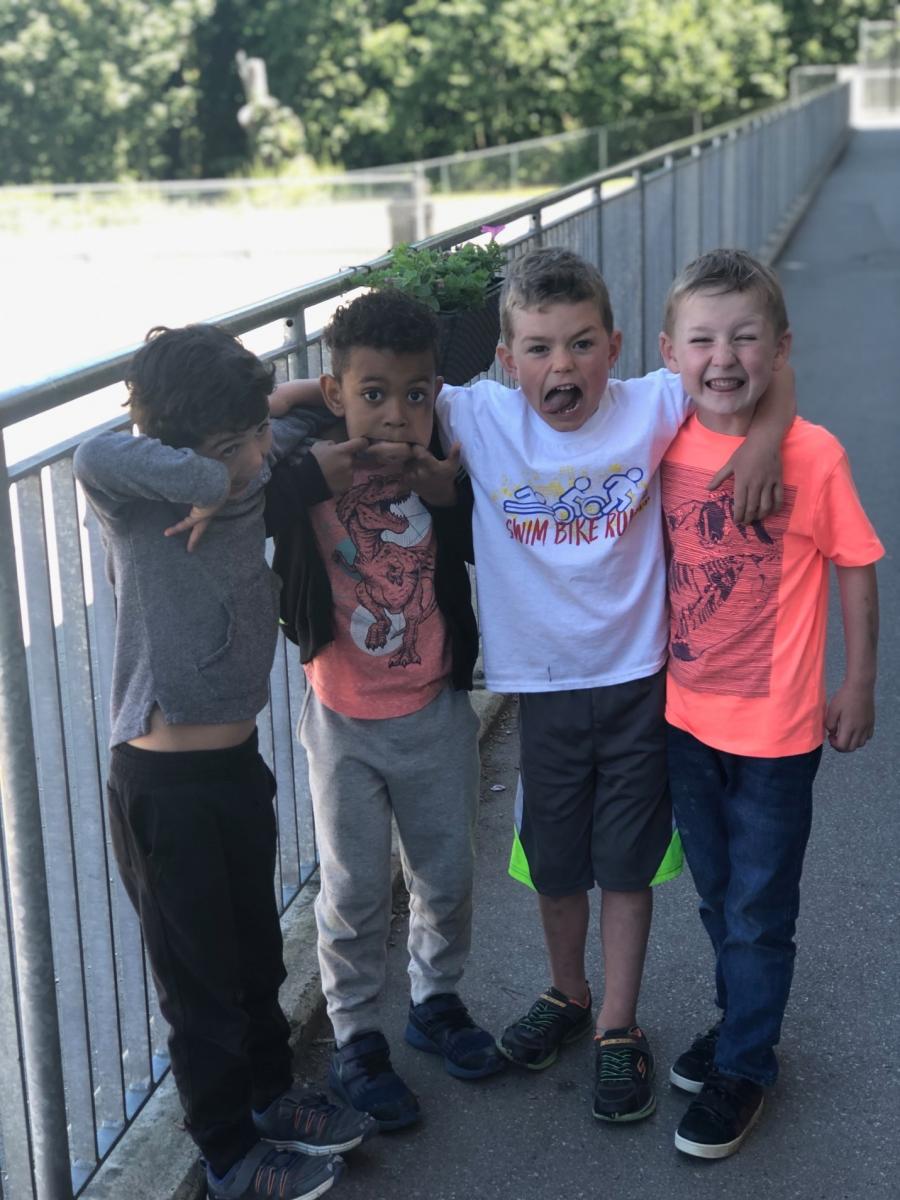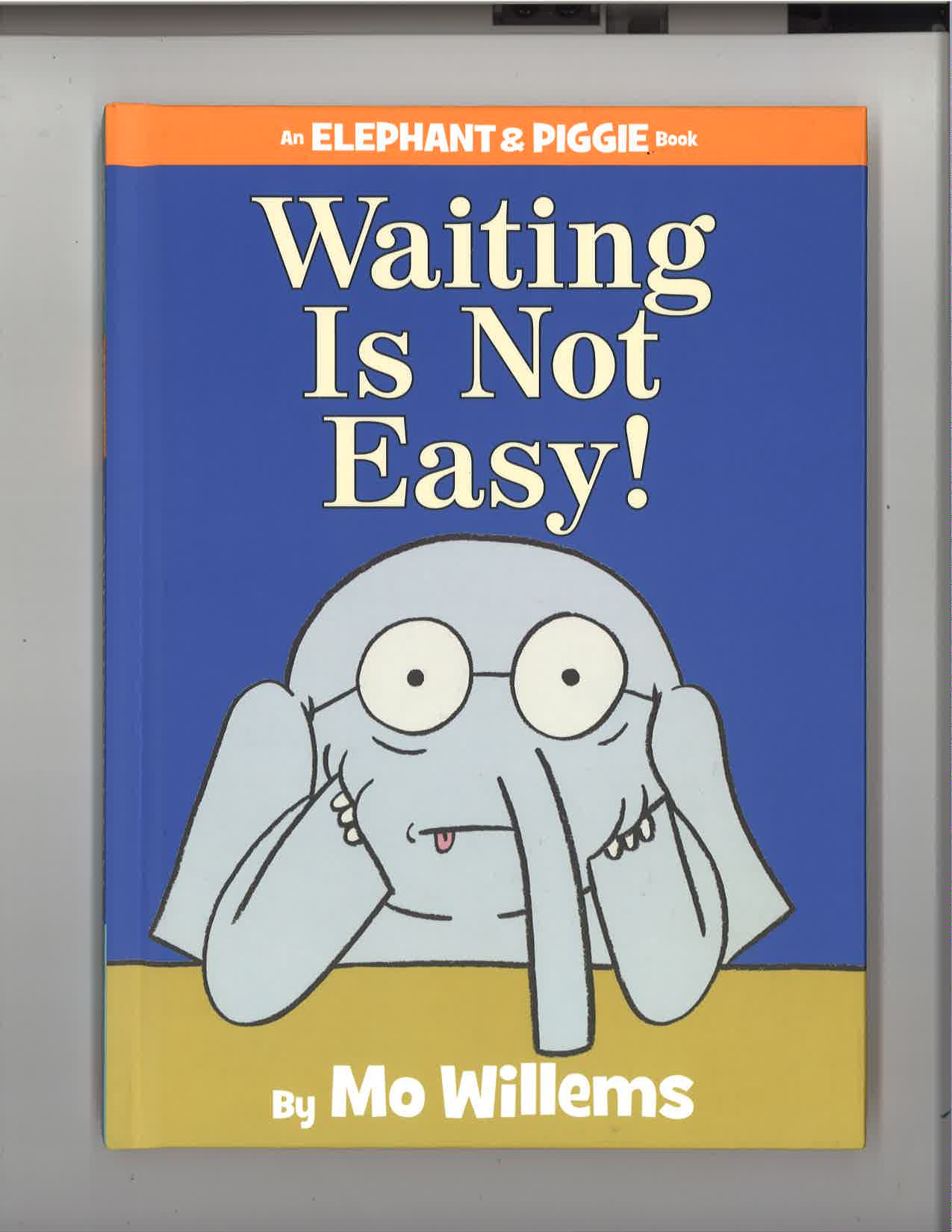Illustration Elements
Illustration Éléments
Context
During nature walks in their community, a teacher observes and records student actions, as well as the interactions they have with each other and with the natural environment. During the walks, children are encouraged to ask their own questions, follow their own inquiries, and respond to questions posed by others.
Illustration
Learning Story 1
We began going on our walk.
- E: We are going on an adventure!
- K: What is an adventure?
- E: It’s exploring from one place to another.
- E: Look! The clouds are white!
When we arrived at the park we got together under two trees that were side by side and that had a canopy on the top. It was a quiet fall morning you could hear the birds. The morning unfolded with children connecting with nature. E noticed that the tree colours were green, red and yellow. He gathered leaves in both his hands and threw them up in the air with his head tilted backwards.
E saw a long branch on the ground it seemed like it was connected to the trunk of the tree he started to walk towards it and began dragging it and it moved. Soon his friends joined him they lined up in a row carrying the branch and lifting it above their heads. One the children commented, “Look we are flying!”
They carried the branch to the other side of the park and put it down on the grass. They noticed puddles on the far end of the gravel and went running. E stared to splash in the puddles again and again and watched the water make ripples. You could see the joy of happiness on his facial expressions.
While splashing in the puddle E noticed a leaf and picked it up saying, “Oh poor leaf! It’s so mucky and wet!” He brought it over to the other puddle and washed it: “I am going to wash it with mud shampoo. There all clean!” After E cleaned the leaf he tossed it back on the grass.
It was time to go and we started to walk back to our meeting spot. While walking I noticed E looking at the branch that they had left on the grass. He walked over to the branch and dragged one end of it and called for help.
- E: A, help me pick up the branch.
- K: What is your plan?
- E: I need to take it back to where I found it. I will show you were I am going to put it.
They placed it back where they found it.
We all went back to the two trees.
- K: What should we call our spot today?
- E: Our leaf forest.
- E: Now I am going to change my boots somewhere because I have boot puddles.It was so fun!
Learning Story 2
Today we walked to the park and the morning unfolded with children taking a picture of something beautiful. E ran with the camera and captured a picture of the puddles and ice. He clicked the camera and captured a few more photos before passing it to a friend. E went into the puddle and started to pick up ice pieces and took the ice with him and looked through it and said to Z , “You look really wonky.”
- A: Let’s use these to decorate the world.
- E: The world is over there!
The world makes it beautiful itself.
E was drawn to the tree that had green stuff growing on it and said “because it is green.” He took pictures of the tree and noticed tiny bugs in the tree. He went over to the back pack looking for his journal and started drawing.
- E: I am putting it in my book: moss.
We can’t take moss because otherwise the world won’t look beautiful.
- A: I got you a lot of moss.
- E: I don’t need that I am going to make moss.
He continued drawing moss using a green crayon.
- K: What is moss?
- E: Its green stuff it grows on trees.
- A: We can take moss because the tree doesn’t say any words so it doesn’t hurt the tree.
- E: I think it hurts the tree ?.
- K: How do you know that?
- E: because I already know that.
- A: If we can take some of it and it will still look beautiful because there is lots of green inside the tree and it will grow the green out so we can take some.
All of a sudden a crow started to make sounds.
- A: It’s telling us has to pick the moss!
- E: Why didn’t I think of that!
I can show a sense of accomplishment and joy, and express some wants, needs, and preferences. I can sometimes recognize my emotions.
In familiar settings, I can interact with others and my surroundings respectfully.
I can build relationships and work and play cooperatively. I can participate in activities to care for and improve my social and physical surroundings. I use materials respectfully. I can solve some problems myself and ask for help when I need it. I listen to others’ ideas and concerns. I can be part of a group and invite others to join. I can identify when something is unfair to me or others.




